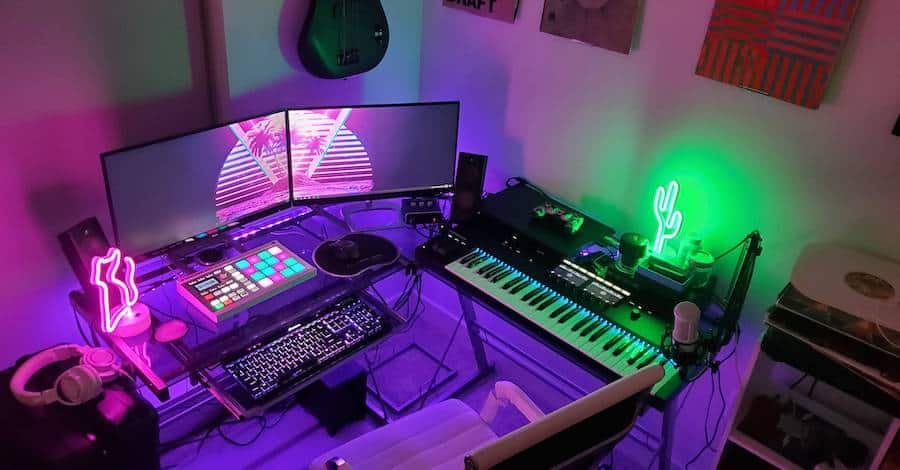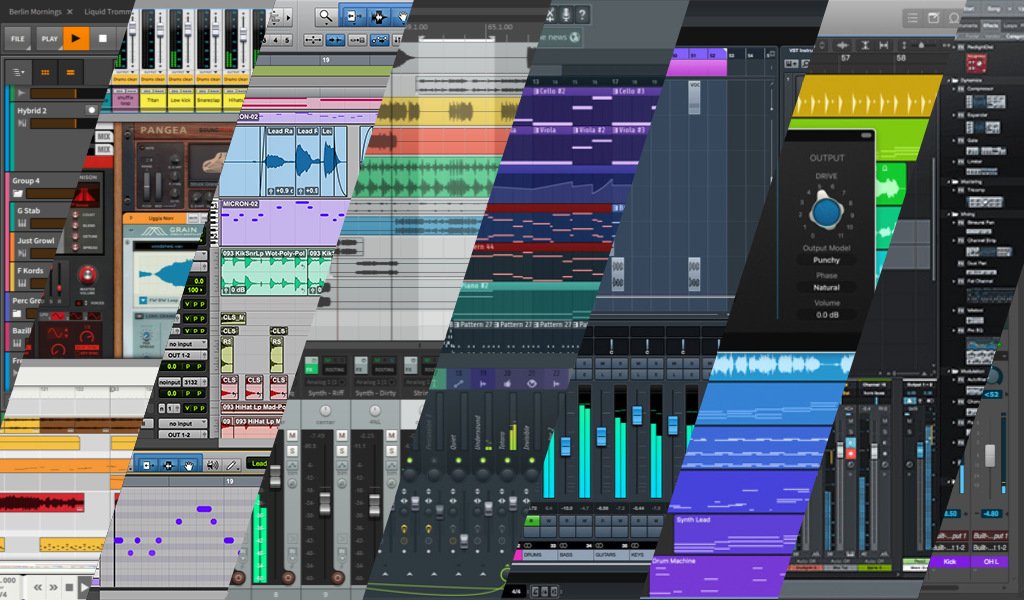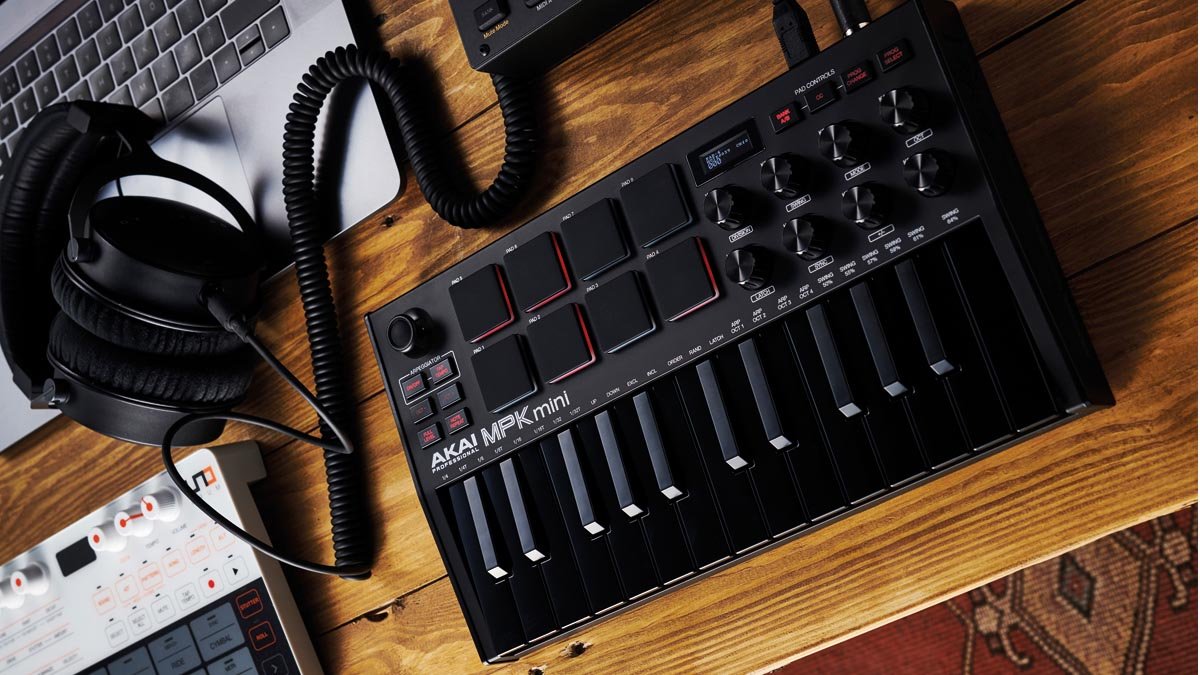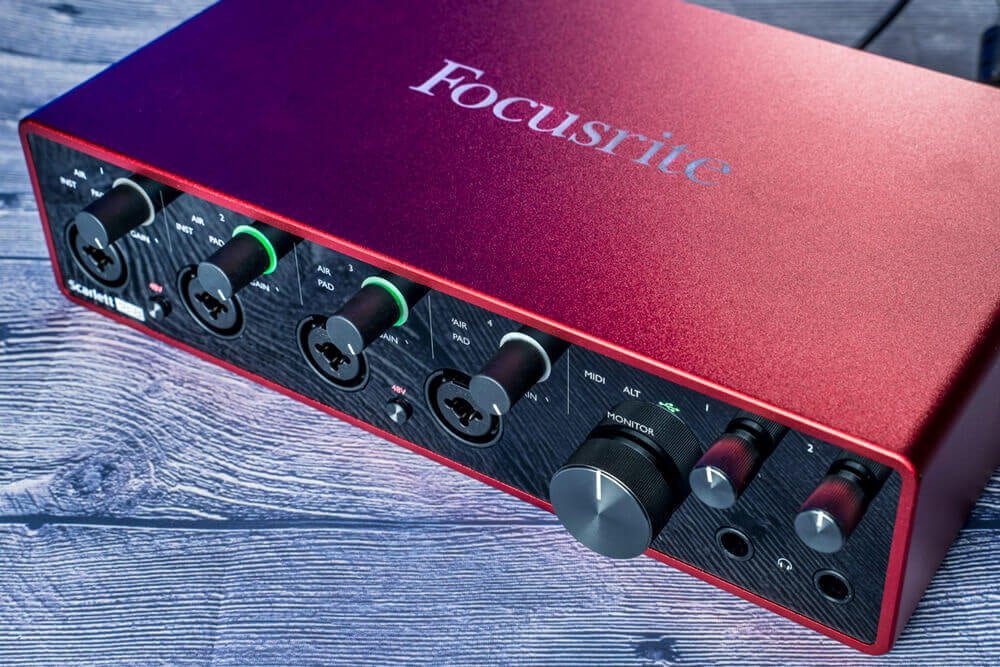Let’s take a look at all the equipment necessary to build a home music studio from scratch.
Budget Considerations
If you’re on a tight budget, prioritize a good DAW, a decent audio interface, headphones, and a microphone. You can always upgrade studio monitors, MIDI controllers, and acoustic treatment later. Here is a detailed list of all the hardware, software and accessories that will make your journey as a music producer more enjoyable and allow you to expand and live up to your full potential. Let’s dive in!
Hardware
1. Computer
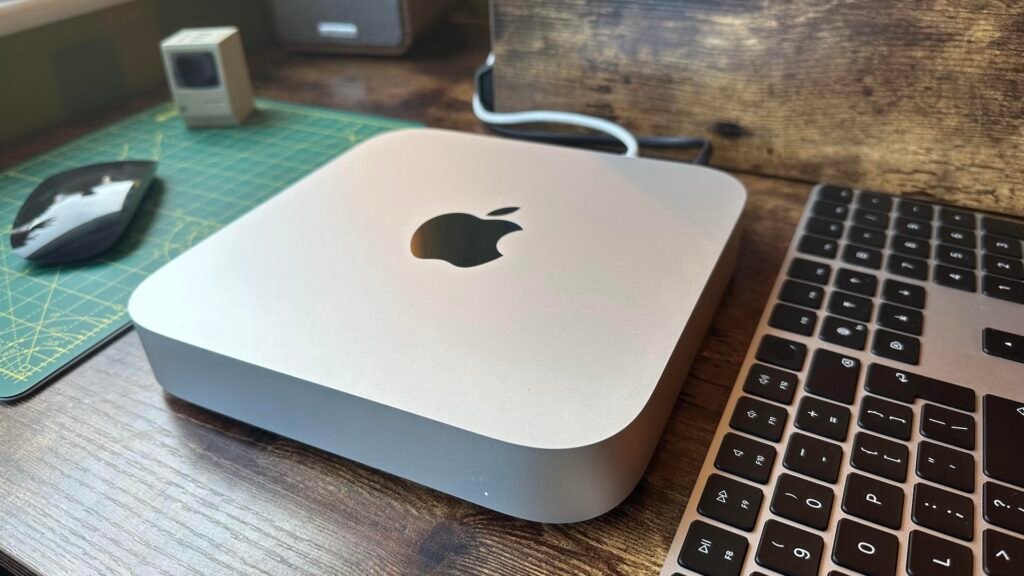
Picking the right computer can make your creative journey significantly easier and more enjoyable. Make sure to do a little research before you make the purchase. Apple is the obvious choice for most producers but you can certainly find/build a great Windows computer that will do everything you need it to. Windows computers also give you the ability to make upgrades as needed. Whatever you choose, there are a few main attributes you’ll need to consider.
- Sufficient processing power (e.g., Intel i5/i7 or Apple M1/M2/M3).
- At least 8GB of RAM (16GB recommended for larger projects).
- SSD storage for faster performance.
- GPU is not highly relevant unless you also plan on editing videos.
For a more comprehensive breakdown of what to look for in a computer, check out this article:
How to Choose the Best Computer for Music Production in 2025
2. Audio Interface
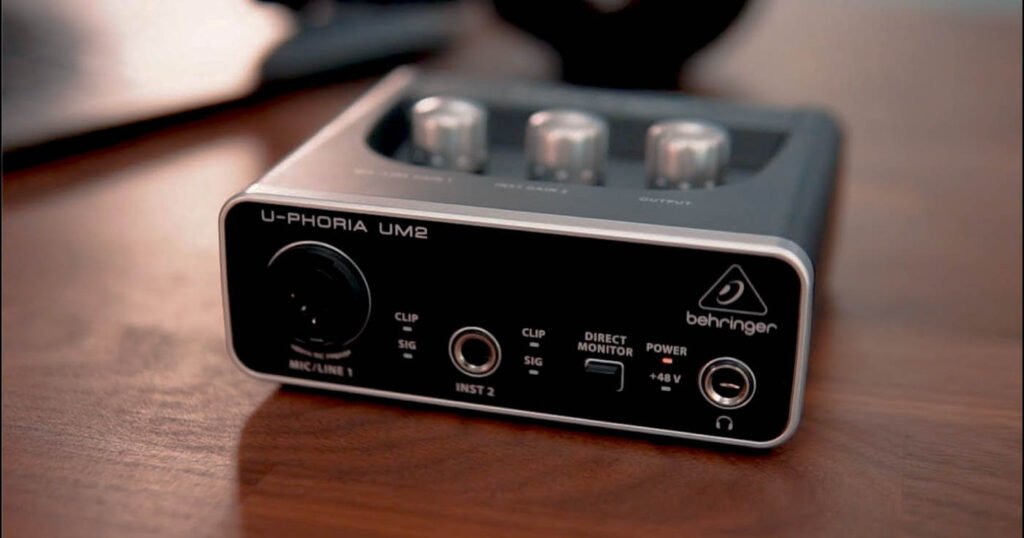
You can start off small here and get a 1 or 2 channel interface. It’s usually easiest to buy a bundle which will typically include the audio interface, headphones, a microphone, and a DAW demo. To check out a list of our favorite equipment bundles, click here.
Click below to check out some options that won’t break the bank:
Choosing a Budget-Friendly Audio Interface for Music Production
An Audio interface:
- Converts analog audio signals to digital.
- Allows you to capture live sound via microphones and instruments.
- Can increase sound quality.
- Examples: Focusrite Scarlett series, PreSonus AudioBox, or Behringer U-Phoria.
3. Studio Monitors
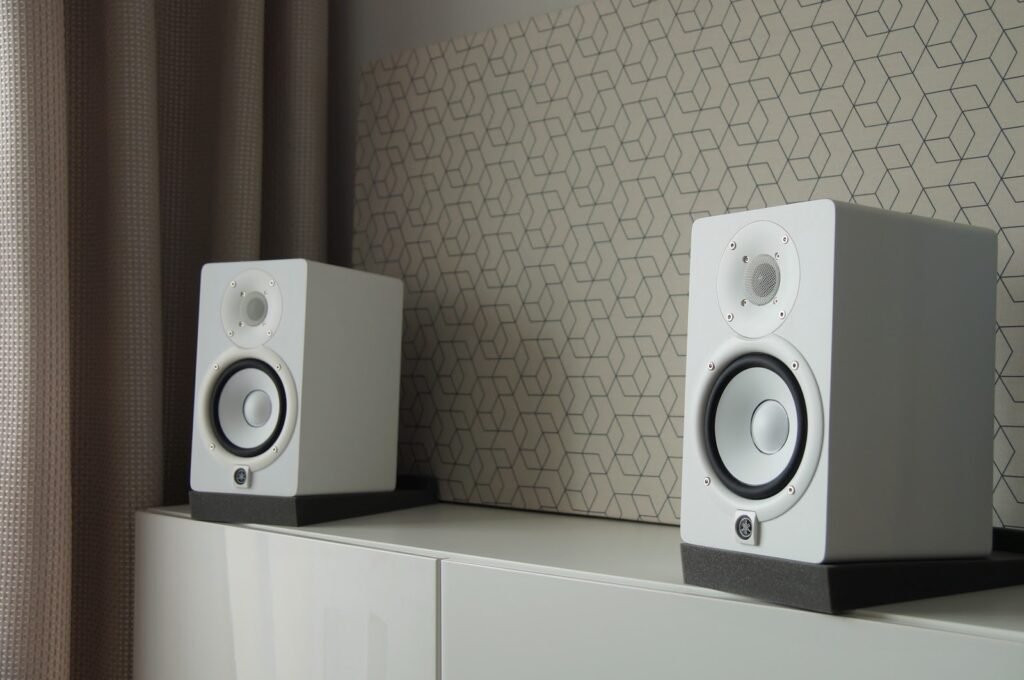
Good studio monitors are crucial for accurate sound reproduction, allowing producers to create a final product that translates well across different listening environments.
We’ve put together a list of some of the best budget-friendly studio monitors on the market. To check out the list click below:
The Best Affordable Studio Monitors for Budget-Conscious Creators
- Flat-response speakers for accurate sound reproduction.
- Examples: Yamaha HS5, KRK Rokit series, or JBL 305P MkII.
4. Studio Headphones

Treat yourself on this one and get a set of headphones you can grow into. The market is full of quality products to choose from. We’ve made a list of our favorite budget-friendly headphones. To check out the list, click the link below:
The 5 Best Studio Headphones Under $200
- Closed-back for recording to prevent sound leakage (e.g., Audio-Technica ATH-M50x).
- Open-back for mixing and mastering (e.g., Sennheiser HD600).
5. Microphone
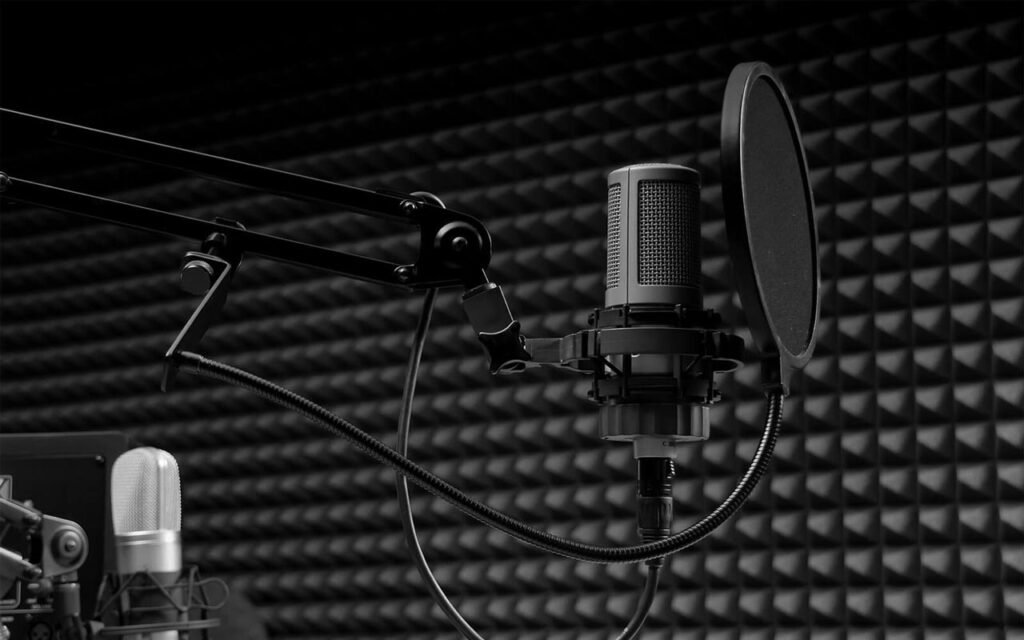
Choosing the right microphone is crucial to your success especially if you’re a recording artist. You want to have a professional and polished sound if you want to be taken seriously by listeners as well as fellow musicians and collaborators.
- For vocals: Condenser mic (e.g., Audio-Technica AT2020, Rode NT1).
- For instruments: Dynamic mic (e.g., Shure SM57).
To check out a list of our favorite budget friendly microphones, click the link below:
Top 5 Studio Microphones For Under $200
6. MIDI Controller
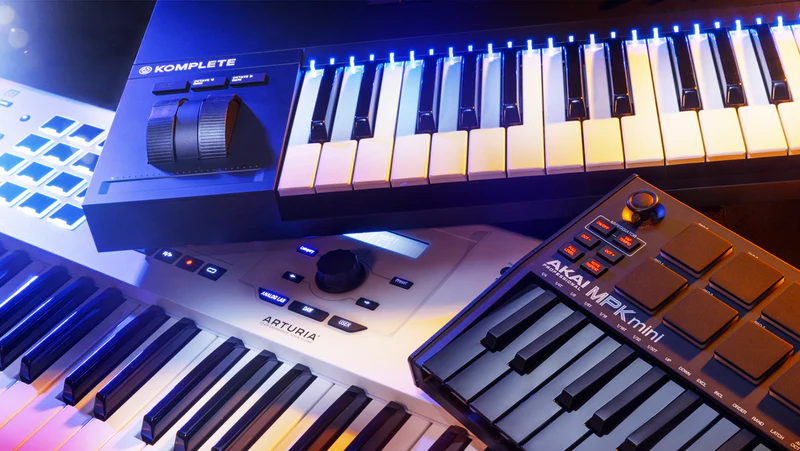
A MIDI controller is a keyboard or pad-based controller for composing and playing virtual instruments. Having a MIDI controller is an absolute must for most producers, engineers and beat makers. There are many different styles of controllers to choose from. I’d suggest getting a controller you can grow into. If you plan on using it to play live music you’ll want one with plenty of knobs, sliders and pads for modulating effects in real time. If you only plan on using the keyboard or drum pad for producing music in-studio, the knobs and sliders may not be as much of a priority. The Akai MPK Mini is an excellent choice based on its functionality and affordability.
To check out a list of our favorite budget friendly MIDI controllers, click the link below:
Top 5 MIDI Controllers for Aspiring Music Producers
7. Cables and Stands
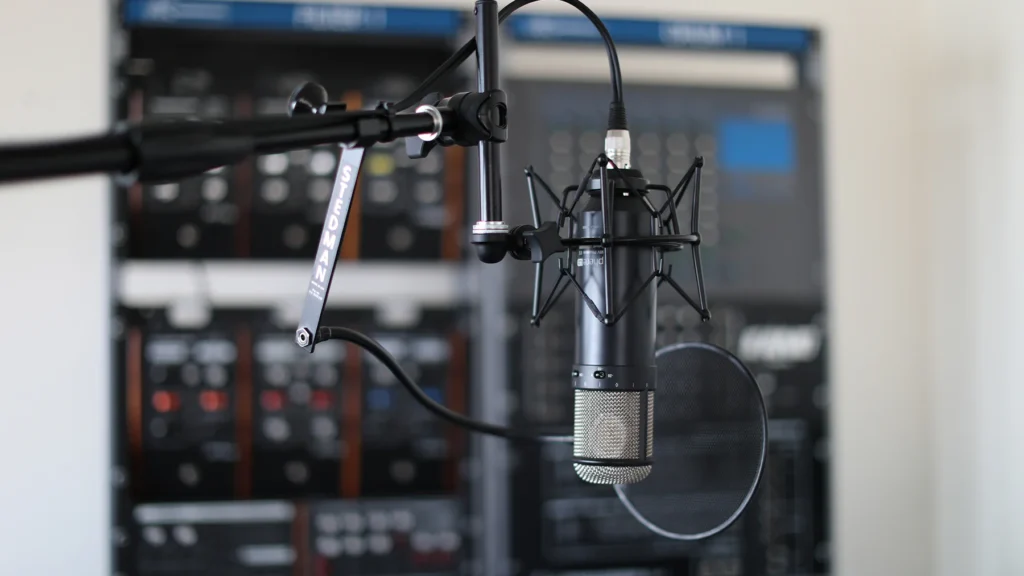
If you’re planning on recording at any capacity you’ll need some accessories. Vocalists will need a mic stand, XLR cables, a pop filter etc… All your accessories can be sourced easily through sites like Amazon.com and Sweetwater.com.
- XLR cables for microphones.
- Balanced TRS cables for monitors.
- Microphone stand and pop filter for cleaner recordings.
Optional but Useful
- External hard drives for backups and organization.
- A secondary monitor for multitasking.
Software
1. Digital Audio Workstation (DAW)
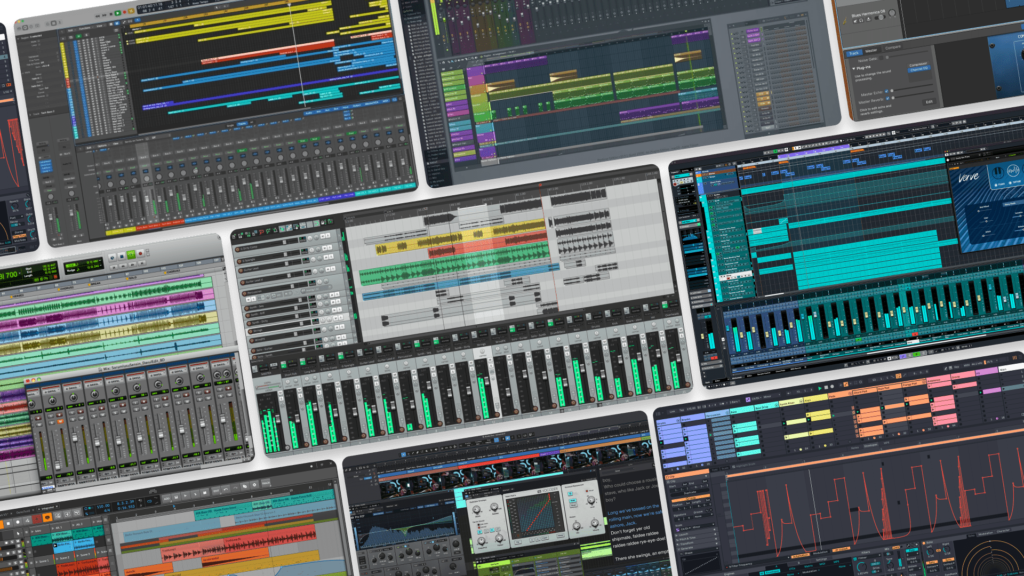
Your DAW is your software for recording, editing, and producing music. Commonly used DAWs include Ableton Live, FL Studio, Logic Pro and Pro Tools. We’ve come a long way over the years and most DAWs are very close in regard to sound quality and ability. However, each DAW is geared toward different intentions and styles. Most DAWs have demos and trial versions of their software available for free on their websites. Download them all and make a couple of songs in each one. You’ll know which DAW felt most comfortable for you. Once you pick a DAW lean into it and learn as much as you can. The better you know your software, the better your productions will be. Plain and simple.
Need help finding the best DAW to suit your needs? Click Below.
How to Choose the Best DAW for Beginner Music Producers
2. Plugins and Virtual Instruments

Plugins and virtual instruments are crucial in music production as they provide a vast array of sounds and effects, allowing producers to create diverse sonic landscapes, experiment with different textures, and achieve professional-quality results without the need for expensive hardware.
- Examples: Native Instruments Komplete, Waves Plugins, or Arturia V Collection.
3. Audio Samples

Audio samples are important in music production because they allow producers to quickly access a diverse range of sounds, saving time by utilizing pre-recorded elements to create unique compositions, add texture, and incorporate influences from different genres, enabling creative exploration without needing to record everything from scratch.
- Examples: Splice, Loopcloud, or Cymatics.
Room Setup
1. Acoustic Treatment

Acoustic treatment for a home studio can help improve sound quality by reducing unwanted reflections and isolating the space from external noise.
- Foam panels, bass traps, and diffusers to reduce reflections and improve sound accuracy.
2. Desk and Ergonomics
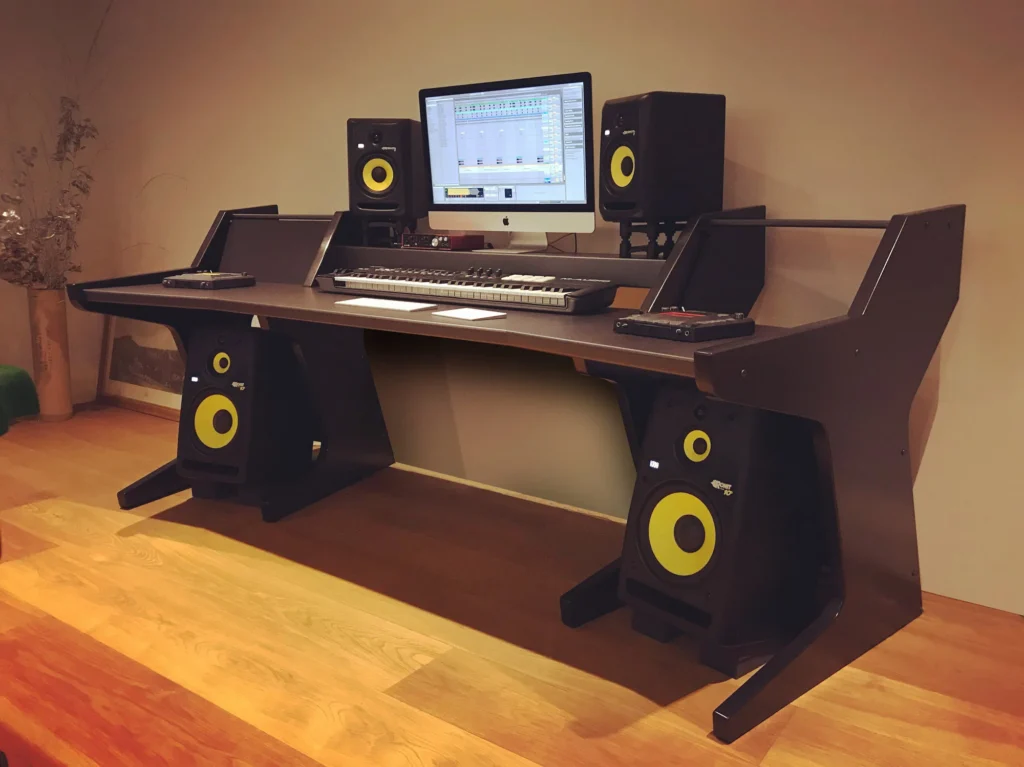
A sturdy studio desk will enhance organization and workflow, transform your creative space and inspire creativity. Pair that with a good comfortable chair for those long studio sessions and you’ll be ready to lock in for hours and focus on what’s important.. producing music!
3. Isolation
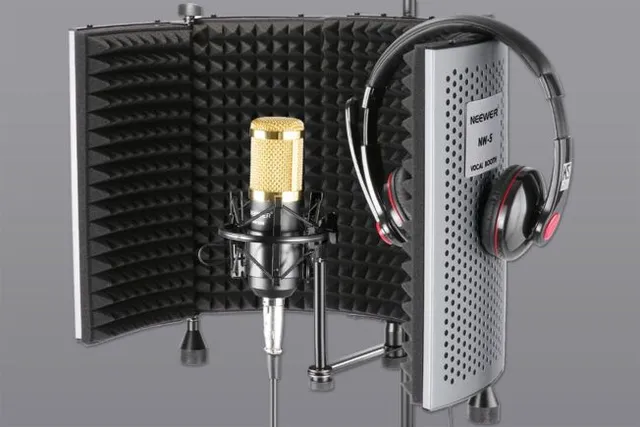
Minimize external noise with a quiet room or isolation shields around your mic. Vocal isolation shields are excellent tools for recording in less-than-ideal environments. They improve the acoustic quality of your recording space without installing permanent treatment.
We hope this article has been helpful and we wish you all the success on your music production journey!

